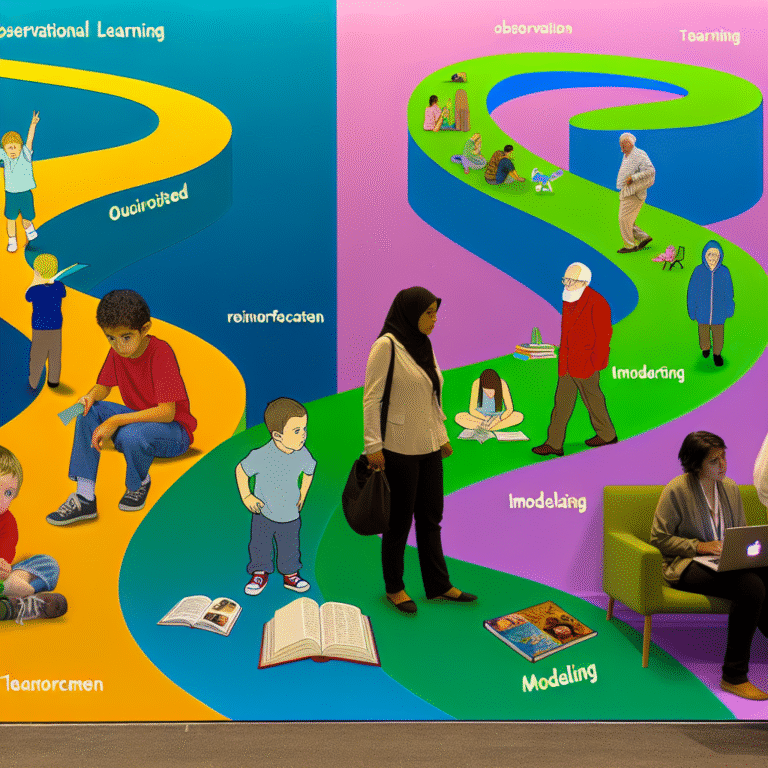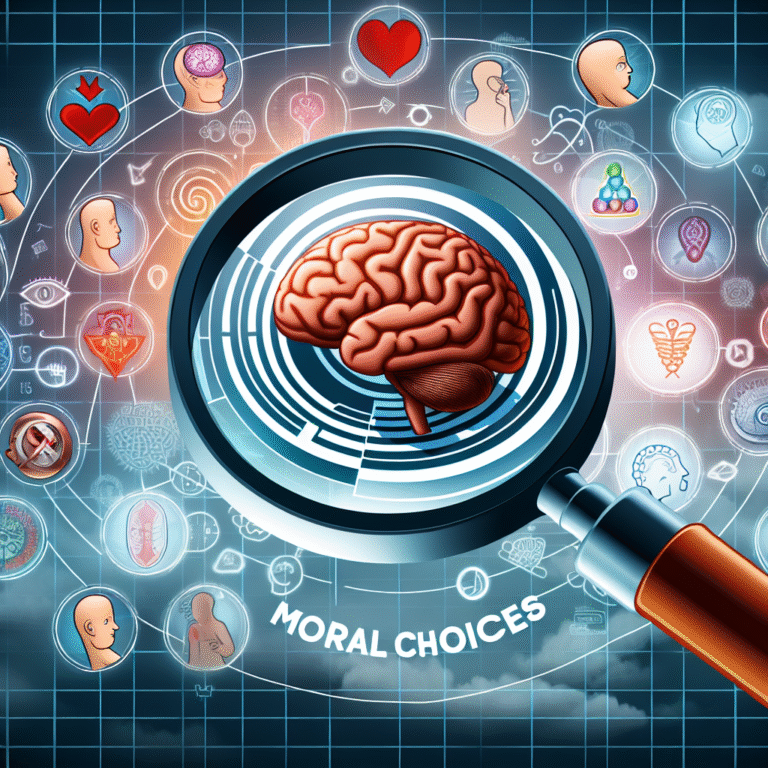
Introduction
In a world where understanding human behavior is increasingly crucial, the field of Behavioral Analysis has emerged as a game-changer. Whether in educational settings, healthcare, or corporate environments, knowing how to apply behavioral analysis can lead to transformative outcomes. Behavioral Analysis in Practice: Case Studies and Real-World Applications is an area ripe for exploration, offering definitive insights into how this science can turn theories into tangible results.
Imagine a classroom where every student thrives, a workplace that boosts morale and productivity, or a healthcare system that empowers patients. These scenarios aren’t wishes—they’re achievable realities through effective behavioral analysis. Let’s dive into the fascinating world of behavioral analysis, supported by real-world examples that illustrate its effectiveness.
Understanding Behavioral Analysis
Behavioral analysis is centered around understanding the principles of behavior and how they can be manipulated or changed. Rooted in the study of environmental factors influencing behavior, this field draws from psychology, sociology, and even neuroscience. It’s essential to understand that behavioral analysis is not just theoretical; it’s a practical tool that can be applied in various settings.
The Importance of Behavioral Analysis
Why is behavioral analysis so relevant today? The modern world is filled with challenges that require a nuanced understanding of human behavior. From improving educational outcomes to enhancing corporate productivity and reforming healthcare, behavioral analysis offers solutions that are both innovative and grounded in research.
Real-World Applications of Behavioral Analysis
1. Educational Settings: Transforming Classrooms
One of the most documented applications of behavioral analysis is in education. Schools increasingly adopt behavioral strategies to enhance learning outcomes.
Case Study: The Project Follow Through
In the 1960s, a landmark initiative called Project Follow Through aimed to improve education for disadvantaged children. The project compared various instructional methods, but one stood out—Direct Instruction, which applied principles from behavioral analysis. Results showed that students in this program outperformed their peers in reading and math.
Analysis:
This case illustrates that behavioral methods can drive positive educational outcomes. Through structured reinforcement and clear expectations, students not only learn more effectively but also develop a love for learning.
2. Workplace Productivity: Boosting Employee Engagement
Companies are increasingly tapping into behavioral analysis to enhance employee engagement and productivity.
Case Study: Google’s Nudge Strategy
Google has employed behavioral analysis through "nudges"—small changes that influence employee behavior without restricting options. For example, altering the placement of snacks to encourage healthier eating led to a significant change in nutritional choices among employees.
| Strategy | Original Behavior | Resulting Behavior |
|---|---|---|
| Snack Placement | High-calorie diets | Increased healthy eating |
Analysis:
This example showcases how a minor adjustment based on behavioral analysis can yield substantial results, proving that understanding human behavior can enhance organizational health.
3. Healthcare: Encouraging Positive Health Choices
In healthcare, behavioral analysis helps encourage patients to adopt healthier lifestyles.
Case Study: The Diabetes Prevention Program (DPP)
The DPP is a landmark multi-site clinical study aimed at preventing diabetes among at-risk individuals. Participants received lifestyle modification training grounded in behavioral analysis principles, focusing on behavior change through goal setting and self-monitoring.
Analysis:
The program’s success—participants lost an average of 5-7% of their body weight—demonstrates the effectiveness of applying behavioral analysis in motivating individuals to make lasting lifestyle changes.
4. Behavioral Economics: Understanding Consumer Choices
Behavioral economics leverages insights from psychology to understand how people make economic decisions. This field has grown significantly, affecting marketing strategies.
Case Study: Starbucks Loyalty Program
Starbucks utilized behavioral analysis to structure its loyalty program, enhancing customer retention and engagement. By rewarding purchases, the program capitalized on the principle of reinforcement and illustrated the power of small rewards accumulating over time.
Analysis:
The success of Starbucks’ loyalty program reinforces the idea that understanding behavioral principles can effectively influence consumer behavior, leading to increased business revenue.
Key Principles of Behavioral Analysis
Understanding the foundational principles of behavioral analysis is crucial for successful applications. Here are some key concepts:
- Positive Reinforcement: Adding a rewarding stimulus to encourage desired behavior.
- Negative Reinforcement: Removing an aversive stimulus to increase the likelihood of a behavior.
- Punishment: Introducing an unpleasant consequence to decrease a behavior.
- Extinction: Withholding reinforcement to eliminate an observed behavior.
Effective Implementation Strategies
To successfully implement behavioral analysis in practice, consider these strategies:
- Set Clear Objectives: Define what behavior you aim to change, and ensure objectives are measurable.
- Employ Data Collection: Use surveys, observation, and analytics to gauge current behaviors.
- Apply Gradual Change: Introduce alterations gradually to promote acceptance and minimize resistance.
- Offer Feedback: Regularly update participants on progress to foster motivation and engagement.
Conclusion
The field of Behavioral Analysis in Practice: Case Studies and Real-World Applications shows that understanding human behavior is not only an academic pursuit but also a practical necessity in today’s world. From education to workplace environments and healthcare, the tools and techniques derived from behavioral analysis offer powerful strategies to effect positive change.
As we move deeper into an era defined by behavioral insights, we encourage you to consider how you can apply these principles in your own life, organization, or community. Remember, small adjustments can lead to significant transformations!
FAQs
What is behavioral analysis?
Behavioral analysis focuses on understanding and changing behavior using principles from psychology. It emphasizes the role of environmental factors and reinforcement in shaping actions.Where is behavioral analysis most commonly applied?
It’s widely applied in education, healthcare, corporate settings, and public policy to improve outcomes through a deeper understanding of behavior.How do companies benefit from behavioral analysis?
Companies can enhance employee productivity, customer satisfaction, and retention through strategies grounded in behavioral principles, leading to better business outcomes.Can behavioral analysis help with mental health?
Yes, behavioral analysis is often used in therapies such as Cognitive Behavioral Therapy (CBT) to help individuals modify negative behaviors and improve mental well-being.- Is behavioral analysis a proven science?
Yes, behavioral analysis is founded on extensive research and empirical evidence, making it a well-established and effective approach for understanding and influencing behavior.
By harnessing the insights and techniques of Behavioral Analysis in Practice: Case Studies and Real-World Applications, we not only enhance our understanding of ourselves and others but also pave the way for effective solutions across various domains. Embrace the potential of behavioral analysis, and take the first step toward creating impactful change today!















